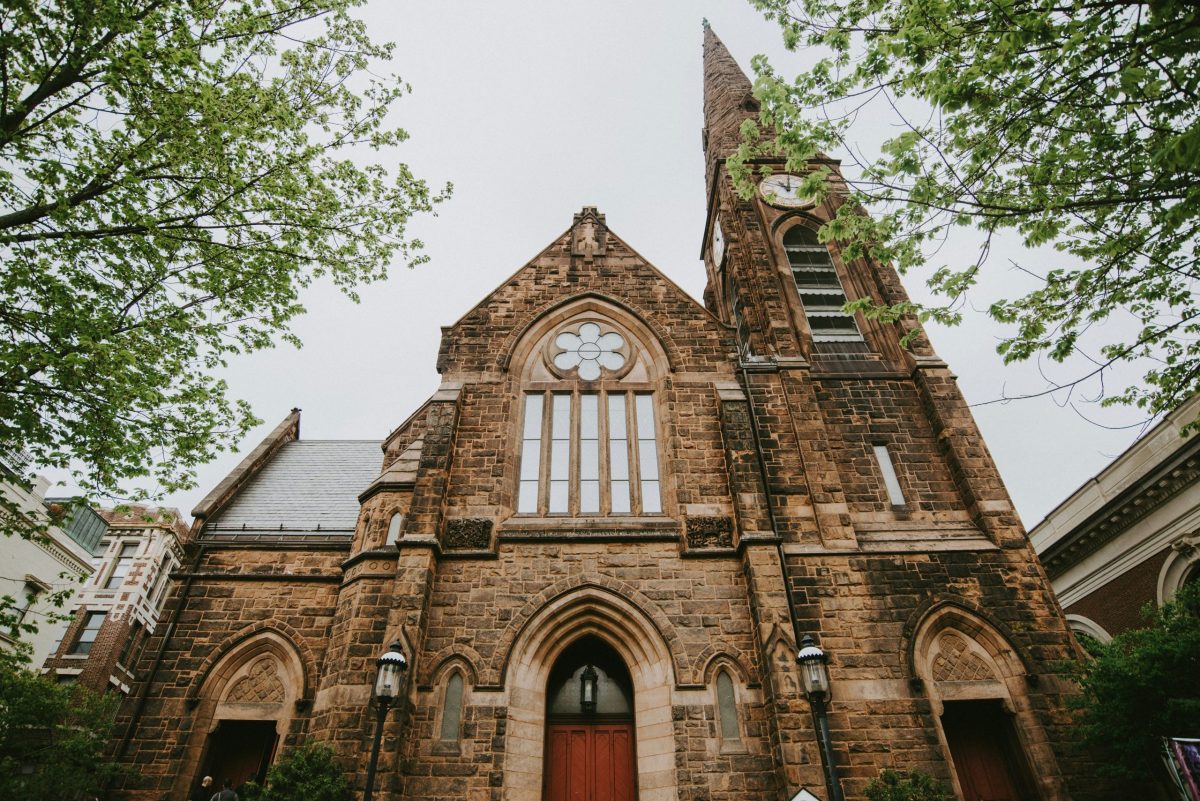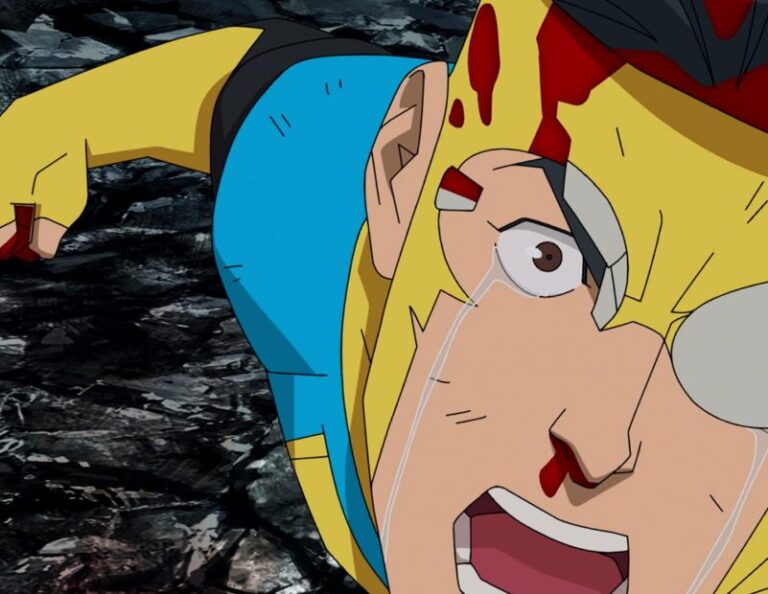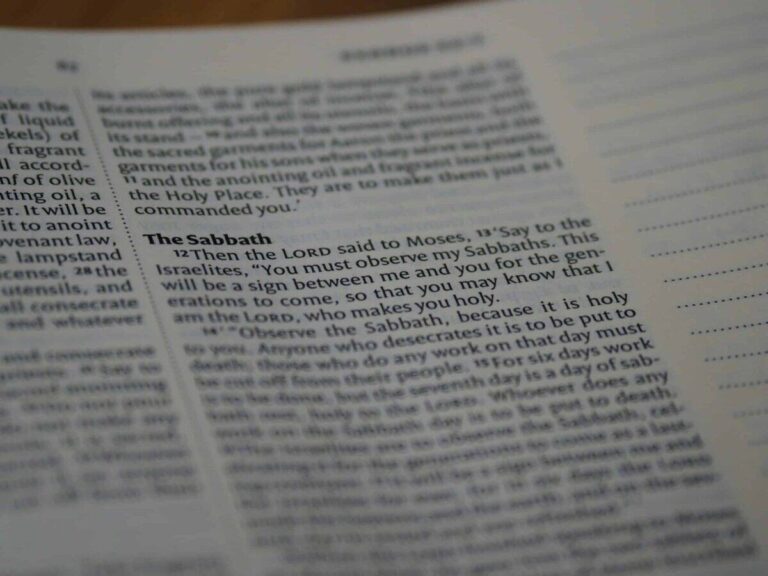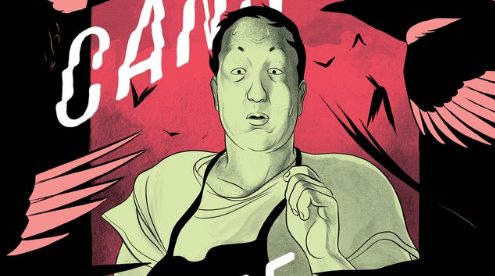Padre Pio 20th Century Had Stigmata
Padre Pio was born on May 25, 1887, and he died on September 23, 1968. He was widely known as Padre Pio and was an Italian Capuchin friar, priest, mystic (with many powers), and he had the Stigmata. He is venerated as a saint in the Catholic Church. Padre Pio joined the Capuchins when he was fifteen and spent most of his religious life in the convent of San Giovanni Rotondo. He was marked by stigmata in 1918, leading to several investigations by the Holy See. He had the Stigmata for 50 years. His reputation kept increasing during his life. Padre Pio became an international star. Do you think this famous saint proves there is a God?
Padre Pio Biography

Francesco Forgione (who became Padre Pio) was born on May 25, 1887, and his parents were peasant farmers. Padre Pio had an older brother, Michele, and three younger sisters, Felicita, Pellegrina, and Grazia (who was later to become a nun). They attended Mass daily, prayed the Rosary nightly, and abstained from meat three days a week in honour of Our Lady of Mount Carmel. It is little wonder he became so blest.
Padre Pio had several illnesses. At six, he suffered from severe gastroenteritis. At ten, he caught typhoid fever. Despite these illnesses, as a youth, he reported that he had experienced heavenly visions and ecstasies. Starting in 1897, he spent three years in public school, after which he received private tutoring so he could enter the Capuchins. On January 6, 1903, he entered the Capuchin friars at Morcone. On 22 January, he took the Franciscan habit and the name of Pio, in honour of Pope Pius I.
Starting his seven-year study for the priesthood, Padre Pio entered the friary of Saint Francis of Assisi . At 17, he became ill, complaining of loss of appetite, insomnia, exhaustion, fainting spells, and migraines. He vomited frequently and could digest only milk and cheese. Religious devotees point to this time as being that at which inexplicable phenomena began to occur. During prayers, for example, Pio appeared to others to be in a stupor, as if he were absent. One of Pio’s fellow friars later claimed to have seen him in ecstasy and levitating above the ground.
In August 1910, Padre Pio was ordained a priest. Because of ill health, he stayed in his hometown of Pietrelcina. On September 4, 1916, he returned to community life. He moved to an agricultural community, Our Lady of Grace Capuchin Friary, located in the Gargano Mountains. He moved to an agricultural community, Our Lady of Grace Capuchin Friary, located in the Gargano Mountains in San Giovanni Rotondo in the Province of Foggia. At that time, the community numbered seven friars. He remained at San Giovanni Rotondo until he died in 1968, except for a period of military service in the Province of Foggia.
Padre Pio was devoted to rosary meditations. He went to weekly confession and recommended the performance of meditation and self-examination twice daily. His advice on the practical application of theology he often summed up in his now famous quote: “Pray, hope, and don’t worry.” He directed Christians to recognise God in all things and to desire above all things to do the will of God. Many people who heard of him travelled to San Giovanni Rotondo to meet him and confess to him, ask for help, or have their curiosity satisfied.
Padre Pio had many powers. Among them, he had the stigmata (the wounds of Jesus). He had transverberation; he claimed he was pierced in the side like Jesus. The piercing left a wound. He could bilocate, that is, be in two places at the same time. As he heard the confessions of the thousands who visited him, he healed them, too. He could predict the future. He predicted a 27-year-old priest, Karol Józef Wojtyła, would become Pope (he became Pope John Paul II).
Conclusion
Padre Pio is a modern saint who lived in the twentieth century. Thousands flocked to see him, and he had several powers. Included in those powers, he healed people who came to see him. Indeed, he became an international star. The documentation and photographs of his powers proved the existence of God for many people. Over 100,000 people came to his funeral in 1968. He was canonised as a saint in 2002.






